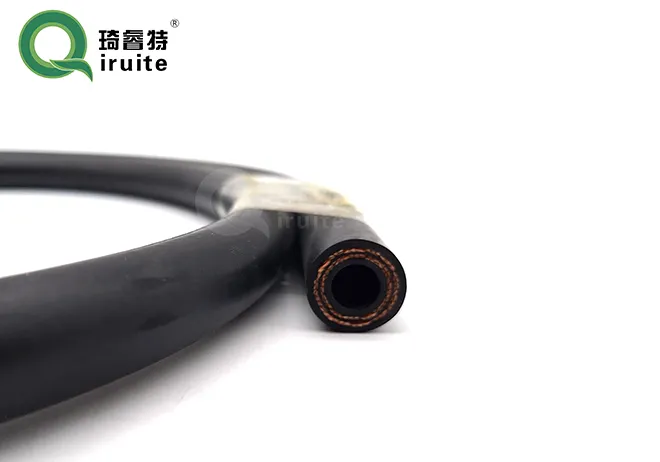Understanding the Differences Between HFC 134a and R134a Refrigerants
The terms HFC-134a and R-134a often come up in discussions about refrigerants, particularly in the context of automotive air conditioning and various cooling applications. While they may seem like different substances at first glance, it's essential to understand that they actually refer to the same chemical compound 1,1,1,2-tetrafluoroethane.
The terms HFC-134a and R-134a often come up in discussions about refrigerants, particularly in the context of automotive air conditioning and various cooling applications
. While they may seem like different substances at first glance, it's essential to understand that they actually refer to the same chemical compound 1,1,1,2-tetrafluoroethane.On the other hand, the designation R-134a is part of a system developed by the Air Conditioning and Refrigeration Institute (ARI) to categorize refrigerants. The R stands for refrigerant, followed by a number that helps identify the specific compound. In this case, both HFC-134a and R-134a refer to the same substance, but the terms may be used in different contexts. For instance, technicians and industry professionals typically use “R-134a” when referring to refrigeration systems, while “HFC-134a” may be more common in regulatory discussions or scientific literature.
what is the difference between hfc 134a and r134a

Despite their similar properties, HFC-134a/R-134a is not without issues. Although it has a much lower ozone depletion potential compared to CFCs, it still has a significant global warming potential (GWP). As such, there is a growing movement within the refrigeration and air conditioning industries to phase out HFCs in favor of more sustainable options, such as hydrocarbon refrigerants or other low-GWP alternatives.
In summary, HFC-134a and R-134a refer to the same refrigerant, with HFC-134a being the chemical name and R-134a the designation used in refrigeration applications. Understanding this distinction is crucial for industry professionals and consumers alike as they navigate the evolving landscape of refrigerants focused on reducing environmental impact. Awareness and knowledge of these terms will help facilitate informed decisions regarding refrigeration technologies and sustainability initiatives in the future.
-
Ultimate Spiral Protection for Hoses & CablesNewsJun.26,2025
-
The Ultimate Quick-Connect Solutions for Every NeedNewsJun.26,2025
-
SAE J1401 Brake Hose: Reliable Choice for Safe BrakingNewsJun.26,2025
-
Reliable J2064 A/C Hoses for Real-World Cooling NeedsNewsJun.26,2025
-
Heavy-Duty Sewer Jetting Hoses Built to LastNewsJun.26,2025
-
Fix Power Steering Tube Leaks Fast – Durable & Affordable SolutionNewsJun.26,2025

